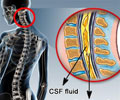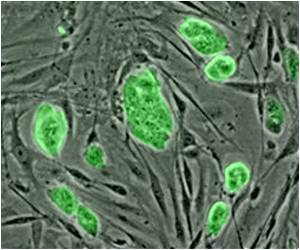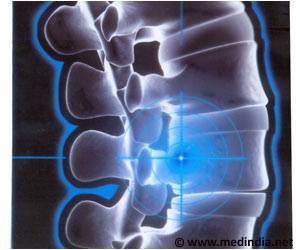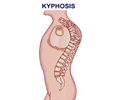Scientists have identified a novel treatment that helps people with spinal cord injuries walk better.
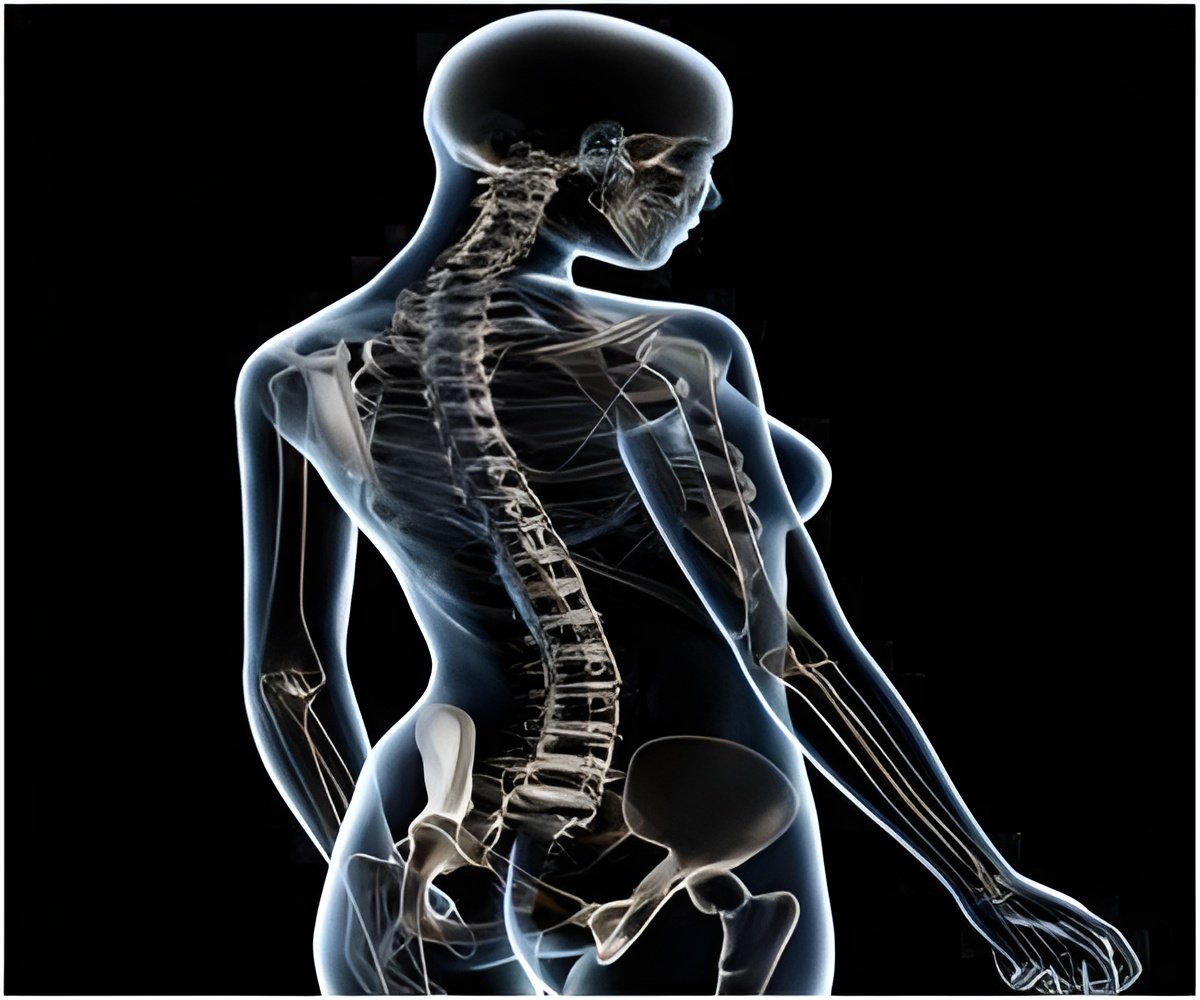
The research involved 19 people with spine injuries between levels C2 and T12, no joint shortening, some controlled ankle, knee, and hip movements, and the ability to walk at least one step without human assistance. Research team members were based at Emory University, Georgia Institute of Technology and Shepherd Center in Atlanta, the Rehabilitation Institute of Chicago and the University of Wisconsin, Madison.
The participants were exposed to short periods of breathing low oxygen levels, which is called hypoxia. The participants breathed through a mask for about 40 minutes a day for five days, receiving 90-second periods of low oxygen levels followed by 60 seconds of normal oxygen levels. The participants' walking speed and endurance was tested before the study started, on the first and fifth days of treatment, and again one and two weeks after the treatment ended.
The participants were divided into two groups. In one, nine people received either the treatment or a sham treatment where they received only normal oxygen levels. Then two weeks later they received the other treatment. In the other group, the participants received the treatment or sham treatment and then were asked to walk as fast as they could for 30 minutes within one hour of the treatment, then received the other treatment two weeks later.
Those who received just the hypoxia treatment increased their walking speed on a test of walking 10 meters, walking an average of 3.8 seconds faster than when they did not receive the treatment.
Those who had the treatment plus walking increased their endurance on a test of how far they could walk in six minutes by an average of 100 meters, which was more than a 250-percent increase compared to those who had the sham treatment plus walking.
Advertisement
"One question this research brings to light is how a treatment that requires people to take in low levels of oxygen can help movement, let alone in those with compromised lung function and motor abilities," said Michael G. Fehlings, MD, PhD, with the University of Toronto in Canada, who wrote a corresponding editorial on the study. "A possible answer is that spinal serotonin, a neurotransmitter, sets off a cascade of changes in proteins that help restore connections in the spine."
Advertisement
Source-Eurekalert

